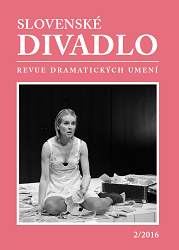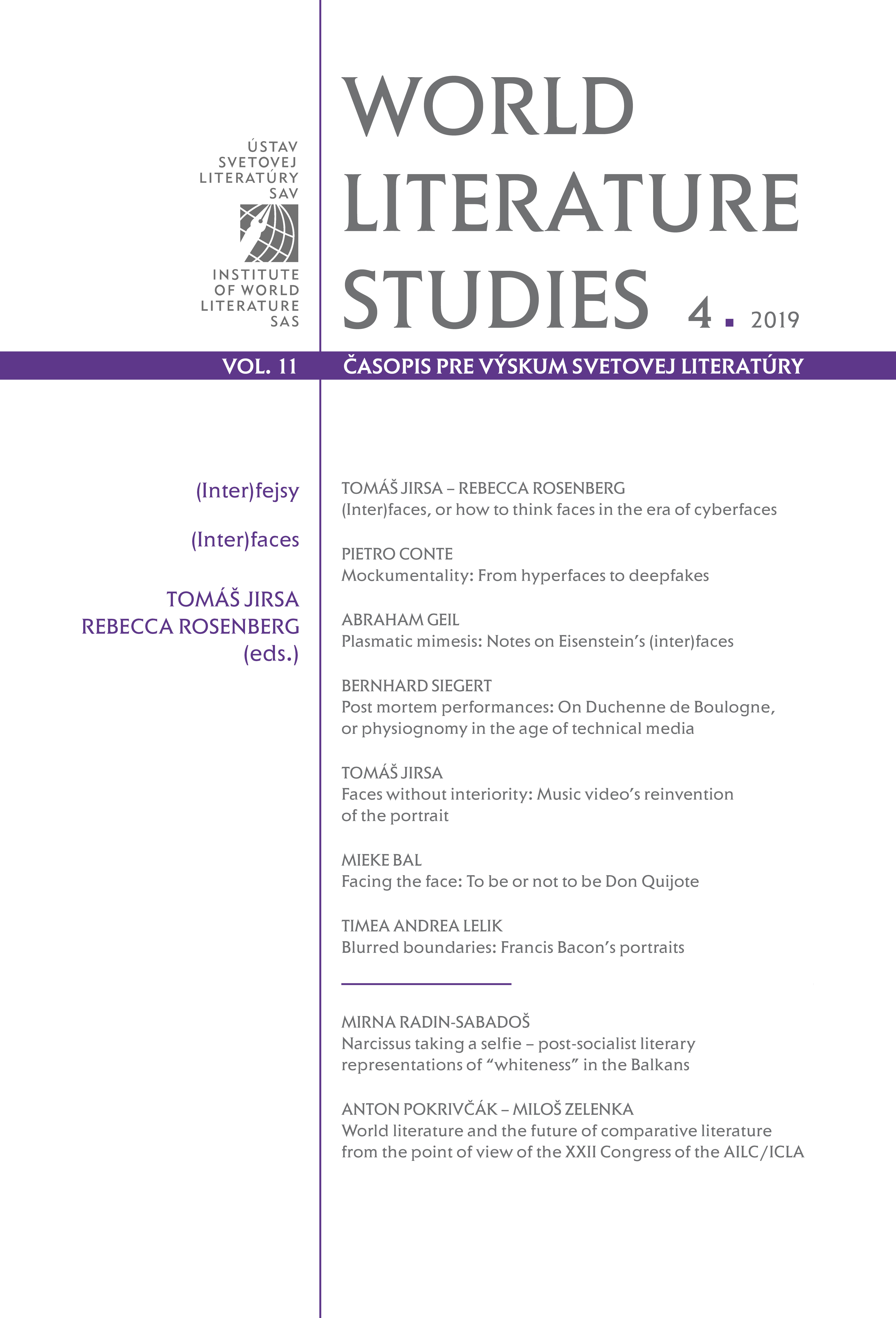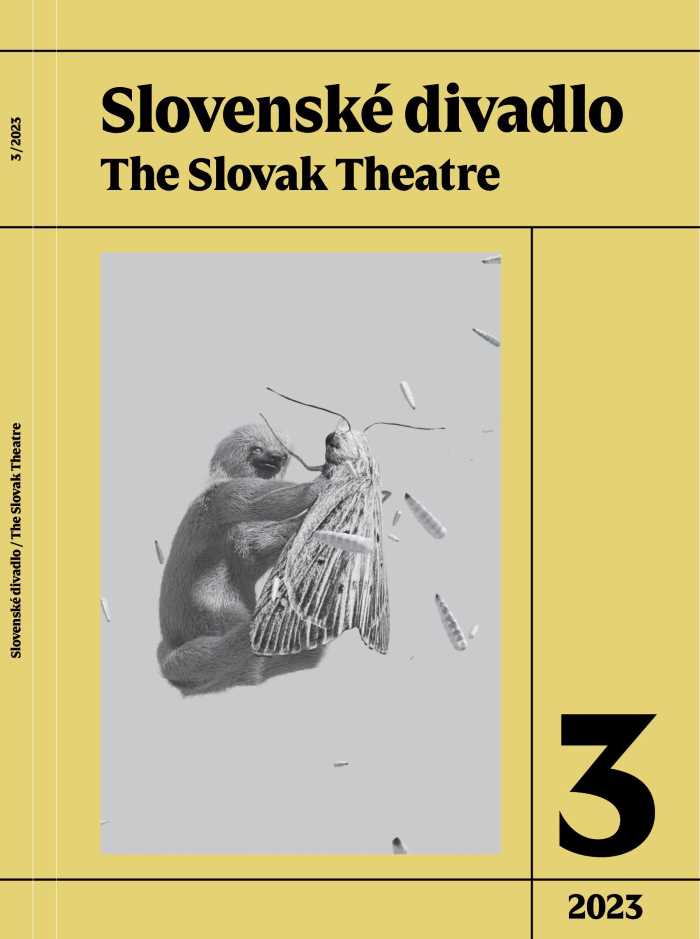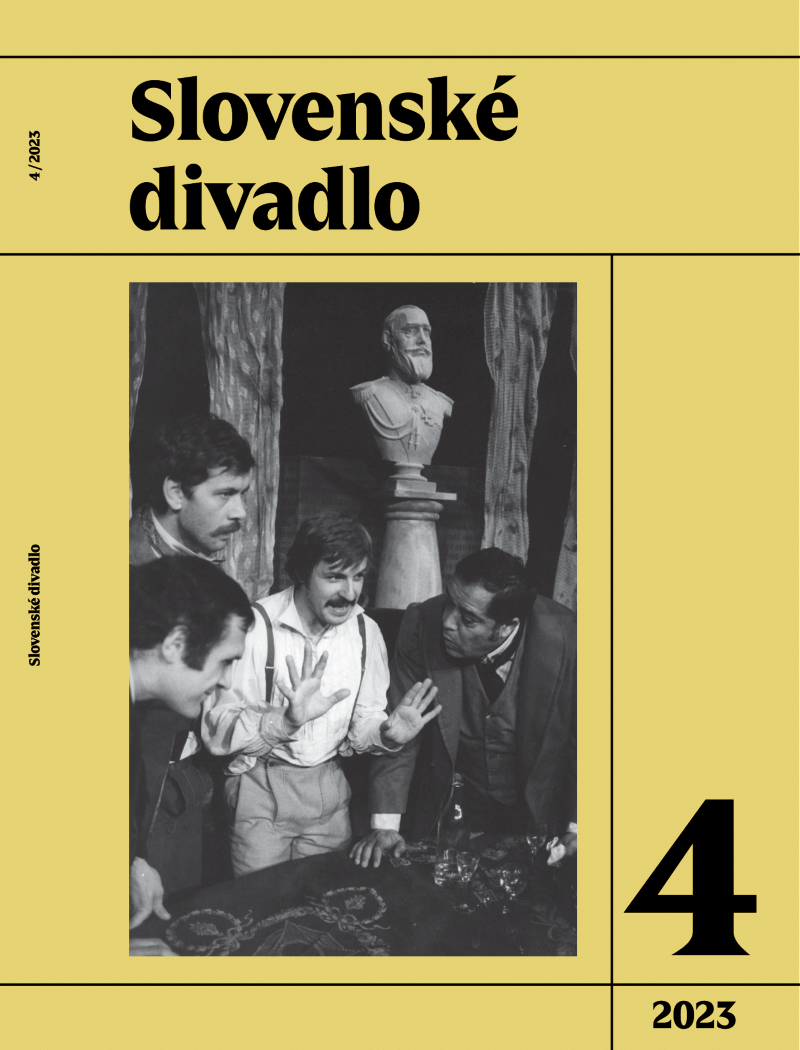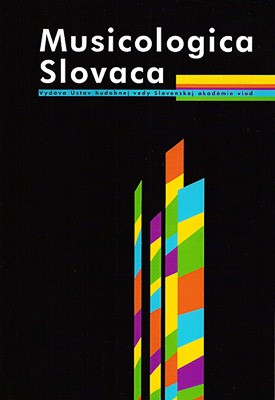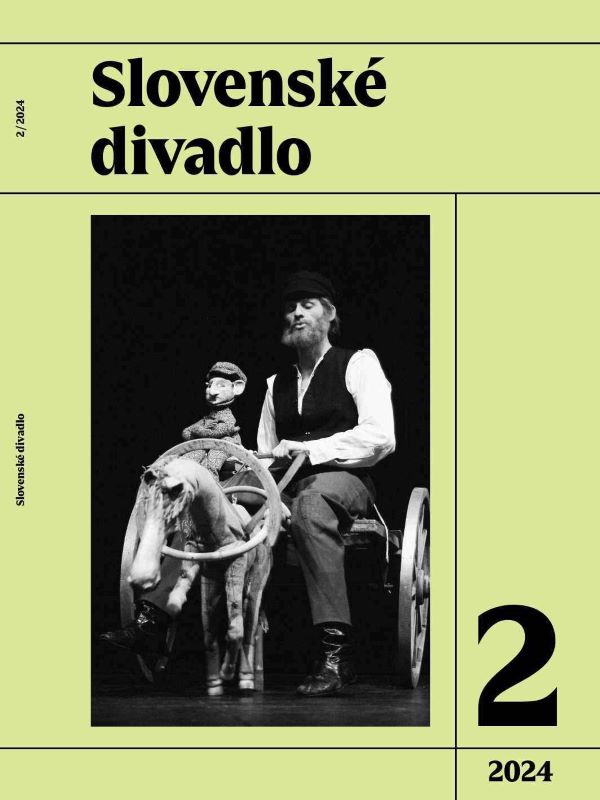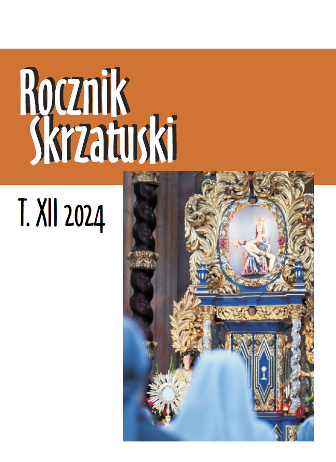PREŠOVSKÉ DIVADELNÉ TOPOSY V ZRKADLE ČASU (DIALOG S KNIHOU PETRA HIMIČA)
Knowledgeable about a broader theatre context, the author of this paper interprets the text of Peter Himič’s book Divadelný život Prešova. Od počiatkov do polovice 20. storočia [The Theatre Life of Prešov. From the Beginnings to the Mid-Twentieth Century]. Despite the fact that the author’s comments are rather reflexive and fragmentary in nature, he attempts to capture the dominant features of theatre life in the given coordinates. Examining artistic and non-artistic determinants, he focuses on the main movements in the town’s theatre life. Until the first professional theatre company was founded, the theatre life had been in the hands of amateur actors and their troupes (for example, Jednota Orla, the local subsidiary of Matica slovenská, a theatre of company sergeants major stationed in Prešov). At the time of the wartime Slovak state, the Záborský theatre ensemble dominated the struggle for a permanent stage. The tumult of war times and post-war changes also marked the beginnings of professional theatre in Prešov. A fully professional theatre was finally established in 1950. The author concludes his research with looking into the theatre seasons until 1955.
More...
